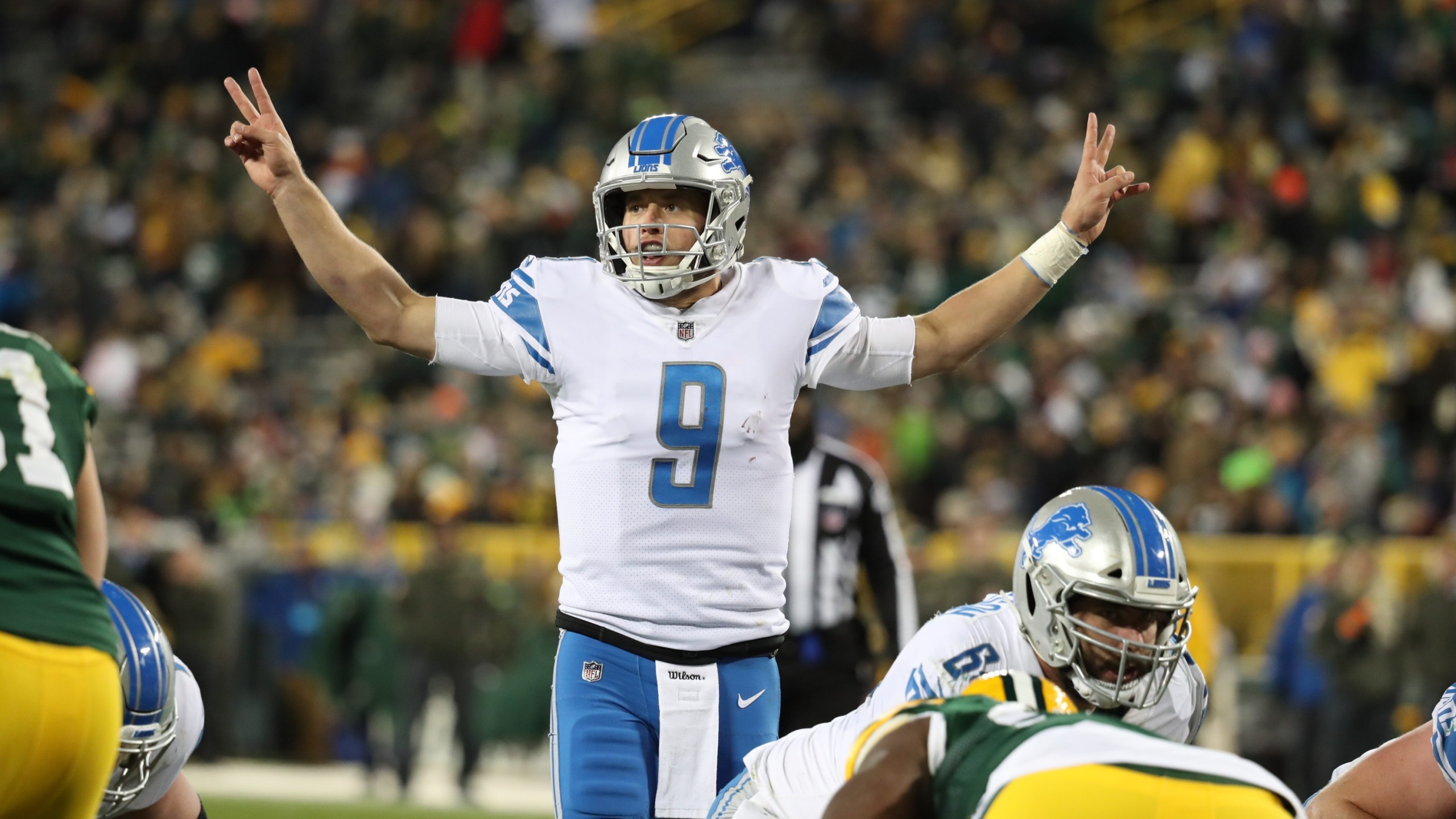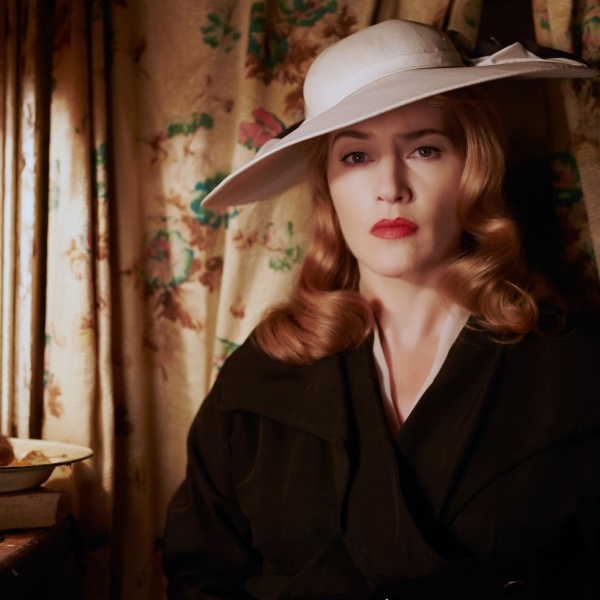After years of resisting any shift into live sports, Netflix has finally punted and will now stream two NFL games on Christmas Day beginning this year.
It’s a major coup for Netflix, even if the games are on a Wednesday — so get ready for TBD announcers to read a lot of “Wednesday” promos. Netflix will also get at least one game around the holidays for both 2025 and 2026. There’s no way around it now: Netflix has live sports.
Netflix would never put it this way, but the money the streamer is spending on these games is something it would’ve previously spent elsewhere, perhaps on say…a movie?
Spencer Wang, Netflix’s VP of finance, investor relations, and corporate development, said at the Moffett Nathanson conference this morning that Netflix is spending on the NFL package about what it costs the streamer to make a mid-budget movie. Wang added that the cost fits within what Netflix has previously budgeted for its annual content spend of about $17 billion.
“I can’t confirm the specific details of it, but I would say it’s a very manageable cost,” Wang said. “I would characterize each game as roughly the size of one of our medium-sized, original films. It fits within our existing content budget of about $17 billion in cash spend this year, so no impact on our operating margin guidance.”
The Wall Street Journal reported each NFL game cost Netflix about $75 million. For a comparison, Netflix spent a reported $50 million on the rights to “Pain Hustlers,” the Emily Blunt and Chris Evans crime drama from last year. That $50 million was for the package rights, before production or marketing cost, so $75 million (or more) might not be out of the realm of possibility. At least Netflix doesn’t have to pay to market its movies theatrically!
“Pain Hustlers” spent two weeks in the Netflix Top 10 in the U.S. and wasn’t any sort of awards contender. Do you think Netflix would rather have Patrick Mahomes (theoretically; the teams are also TBD) playing on Xmas or “Pain Hustlers 2?” Netflix’s new film chief wants tentpoles, not prestige plays.

Wang clarified that just because Netflix has a few NFL games doesn’t mean the platform is shifting to live sports. Netflix didn’t go out and make an 11-year, $1 billion/year deal with the league the way Amazon did to stream Thursday night games, and Netflix still hasn’t said they’re going after the NBA. As of now, its big, regular foray into sports (or sports-adjacent, at least) content will be streaming WWE “Raw” as part of a longterm deal beginning in January 2025.
Rather, Wang said the NFL games are another example of “big, live, eventized programming.” Netflix’s live ambitions are surprisingly only a year old, kicking off with a Chris Rock live stand-up special and culminating most recently with the Tom Brady roast, which this past week was the number-1 streamed show on the service.
“That type of engagement is differentially important to both our members and to our business, because in this world of fragmentation, what’s really rare are three things: attention, the ability to bring mass audiences together, and thirdly, passionate viewing, and I think the NFL really fits in well with that strategy for eventized programming,” Wang said.
Live Netflix programming — it’s about as wild a concept as commercials on Netflix. Both pushes pretty much began at the same time, both got off to a slow start.
But there is momentum with each. In its upfronts presentation on Wednesday, Netflix revealed it has reached 40 million monthly active users (MAUs) on its ad-based plans. Peacock only has 31 million subscribers total vs. Netflix’s 270 million. If you were the NFL, which platform would you prefer?
Well, it first chose Peacock(‘s giant check). In January, Peacock hosted the first-ever streaming-exclusive NFL playoff game. The result was the largest day of internet-usage in U.S. history, and Peacock ended up drafting about 3 million new members. The game averaged 23 million viewers and peaked at 27.6 million.
Christmas Day NFL games historically have neared 30 million viewers in recent years, while Thanksgiving games have consistently eclipsed 30 million. Last year’s Cowboys game had a historic 41.76 million viewers on Thanksgiving. Thursday Night Football on Amazon regularly does in the low double digits.

Last year, Netflix co-CEO Ted Sarandos said Netflix wasn’t “anti-sports,” they were just “pro-profit.” Netflix would prefer to have a league or series of games it can own or control rather than just lease, and Sarandos and other execs have argued the benefit on buying an expensive package of games hasn’t been there, but the streamer was open to changing on that point of view.
Netflix may also spin getting NFL games is a way to cater more to the people who come for sports content already. Netflix had a hit with last year’s “Quarterback,” which will return for a second season this time focused on pass-catchers called “Receiver.” It has the Brady roast, and Netflix on Wednesday also announced three series all centered around the Olympics, including one focused on U.S. gymnastics star Simone Biles. There is the “Untold” series of sports documentaries, a gigantic hit with its F1 reality show, and spinoffs focused on golf and tennis. We’d list more, but no one can keep up with the Netflix library.
For the NFL, Netflix is the league’s means of jacking December 25 from the NBA, which has long made watching Christmas basketball games on ABC and elsewhere an event. Netflix, playing the Grinch in this holiday analogy, would surely like to steal away some of those linear viewers as well.





